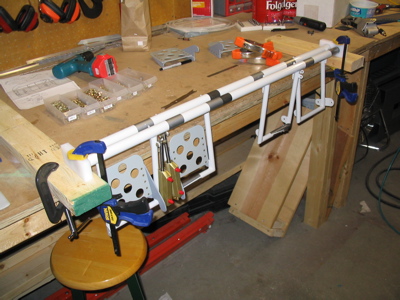

Other steps included improving flight manuals, increasing training and updating FAA rules about misconceptions with rudder use.

The FAA says development of the warning system followed years of other actions from the agency, its European counterparts and the industry. "What's a little exasperating for me is that it took 11 years," Angelley says.

Airlines will have to decide whether to install that as the safest course or the warning light at one-third the cost, he says. Wil Angelley, a former six-year Navy pilot and now a Dallas aviation lawyer, compares the pedal device to the anti-lock brakes in a car that prevent a driver from stomping down too hard. NTSB Chairman Deborah Hersman has said "a warning light alone will not rectify the unsafe condition." She also says "it is unfortunate" that no design changes are available for airlines for more than a decade. "We believe it is more appropriate to stop wrong inputs rather than counter them mechanically," says the spokeswoman, Mary Anne Greczyn.


 0 kommentar(er)
0 kommentar(er)
